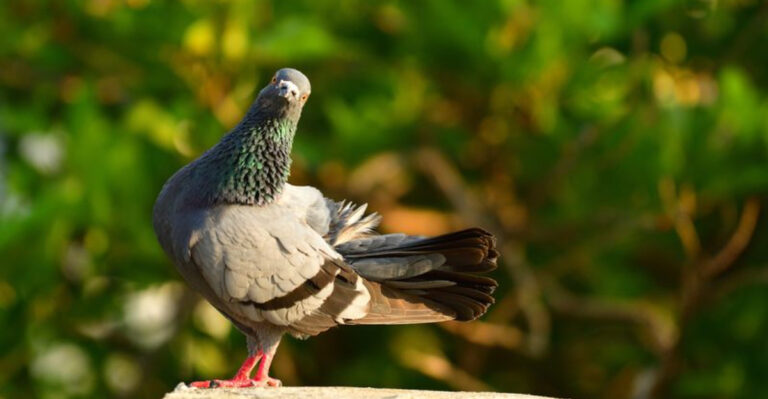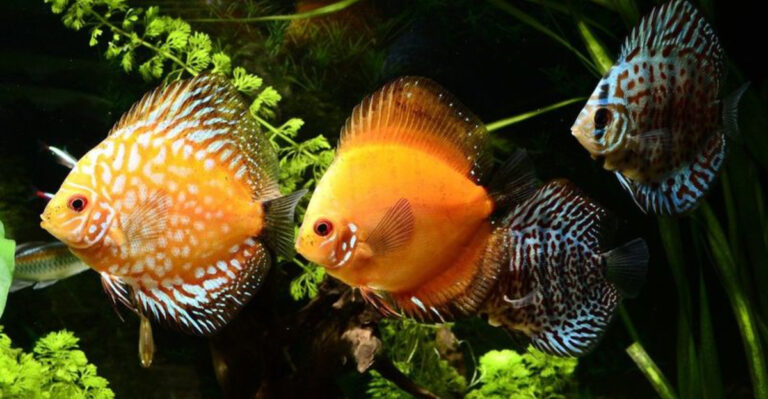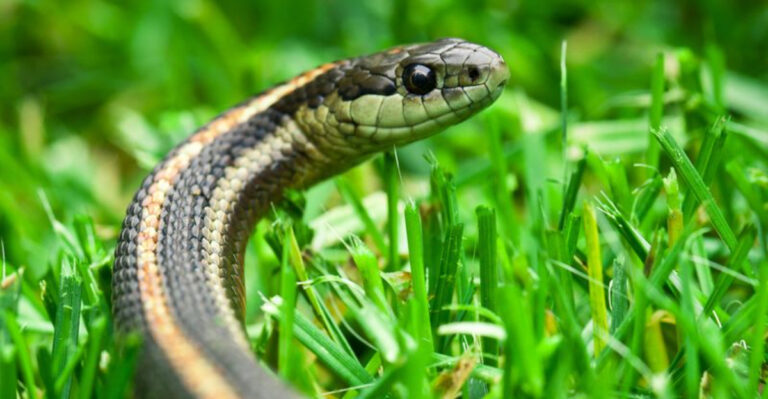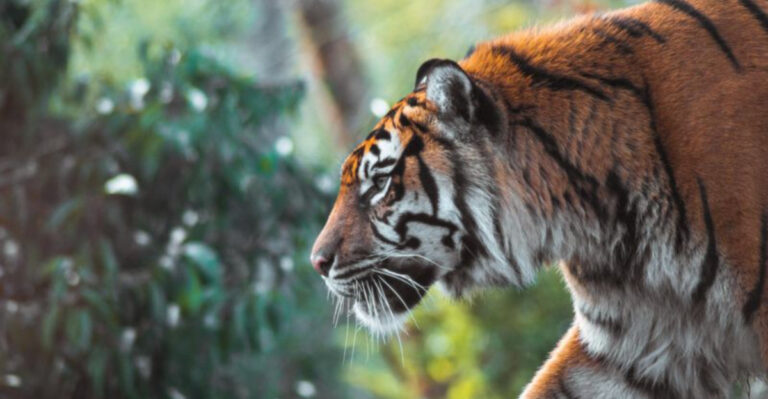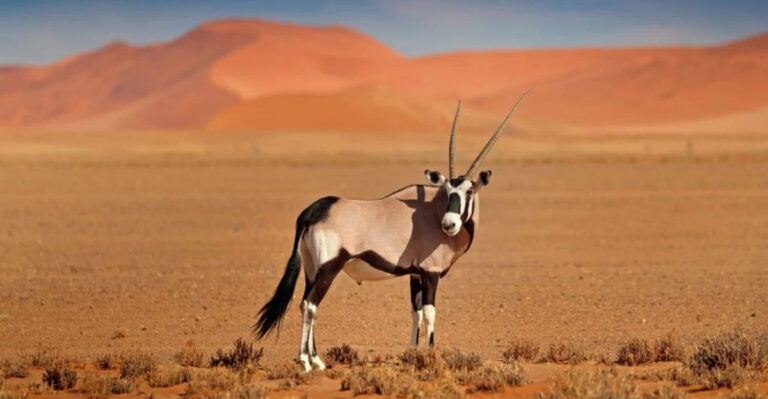10 Most Poisonous Birds And Where To Find Them
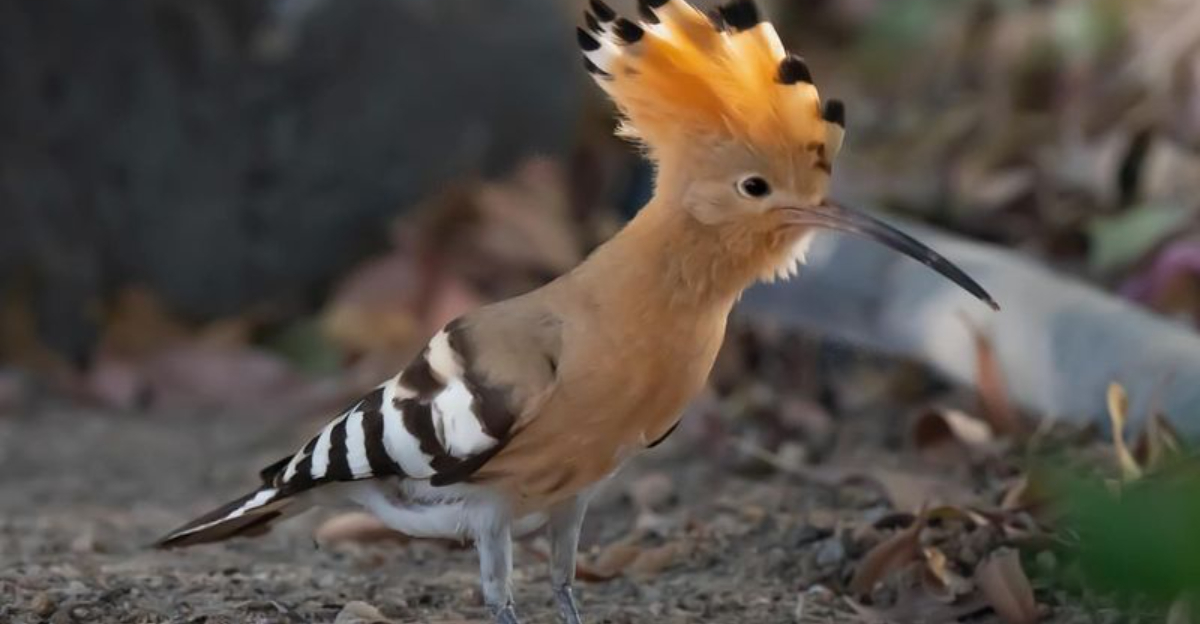
The natural world is full of surprises, and one of the lesser-known phenomena is the existence of poisonous birds.
These fascinating creatures have evolved unique defense mechanisms, including toxic properties that can pose a threat to predators and sometimes even humans.
While not as commonly discussed as venomous snakes or spiders, poisonous birds hold an intriguing place in the animal kingdom.
So, let’s explore some of these remarkable avian species, detailing where they can be found and offering insight into their distinctive characteristics.
1. Hooded Pitohui
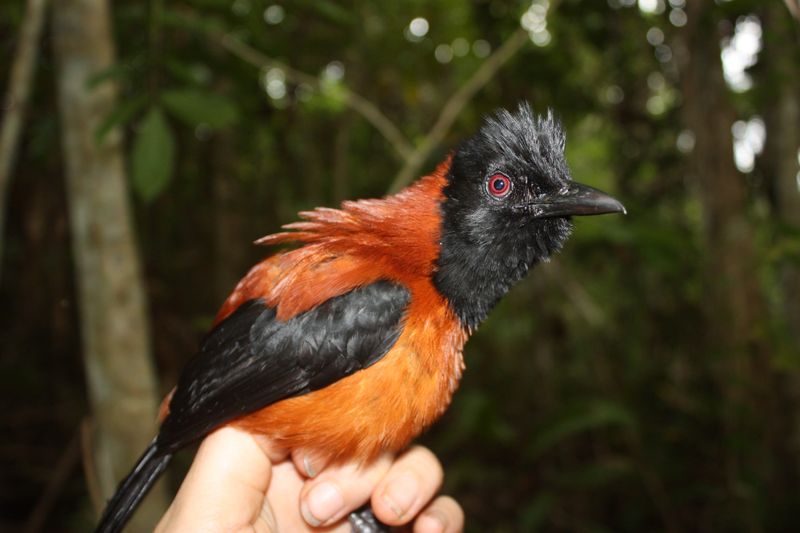
The Hooded Pitohui is a striking bird native to the lush rainforests of New Guinea. Its vibrant plumage, a beautiful combination of black and orange, is not just for show; it serves as a warning sign to potential predators.
This bird’s skin and feathers contain potent batrachotoxins, the same toxins found in some poison dart frogs, making it one of the few known poisonous birds. These toxins can cause numbness and tingling if handled without caution.
It’s believed that the Hooded Pitohui acquires these toxins through its diet, particularly from consuming beetles that contain the toxic compounds. This fascinating adaptation highlights the complex relationships between species and their environments.
For those interested in observing the Hooded Pitohui, the dense, verdant jungles of New Guinea offer the perfect habitat. These birds can often be heard before they are seen, thanks to their distinctive, melodic calls that echo through the forest.
While they pose no direct threat to humans unless handled, their presence exemplifies nature’s incredible diversity and the unexpected ways animals can defend themselves.
2. Blue-Capped Ifrit
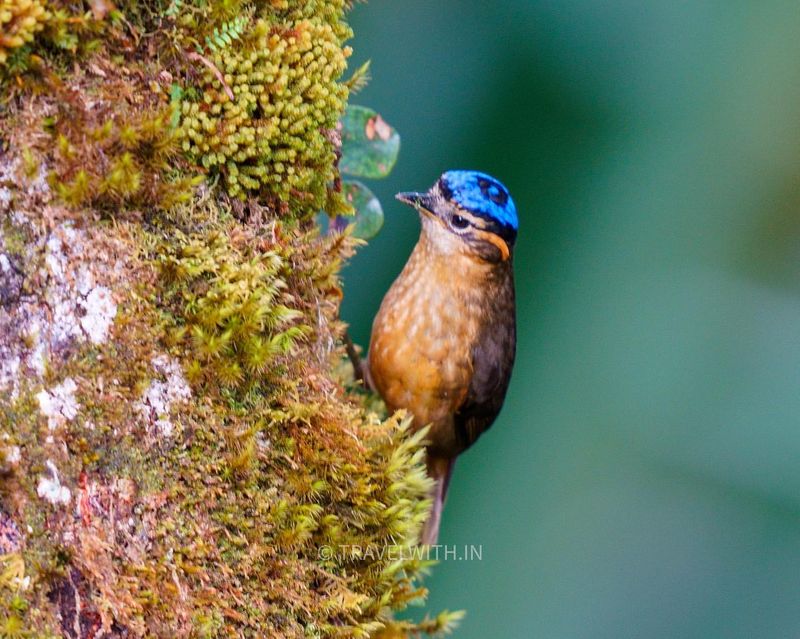
The Blue-capped Ifrit, a small bird from Papua New Guinea, is another example of avian poisonous defenses. It sports a vivid blue crown and a contrasting olive body, which makes it stand out in the dense forest canopy.
The Blue-capped Ifrit, like the Hooded Pitohui, harbors powerful batrachotoxins in its skin and feathers. These toxins serve as a chemical defense mechanism, deterring predators from making a meal out of it.
The amount of toxin can vary, but it is sufficient to cause numbness and irritation upon contact with the skin or mucous membranes. This bird’s ability to sequester toxins from its diet is a remarkable feat of evolutionary adaptation.
Birdwatchers eager to spot the Blue-capped Ifrit will find it in the montane forests of Papua New Guinea, where it can be observed flitting through the trees in search of insects.
The Blue-capped Ifrit’s unique characteristics make it a fascinating subject for both scientific study and amateur birdwatching, offering insight into the complex ecological interactions that enable its toxic attributes.
3. Little Shrike-Thrush
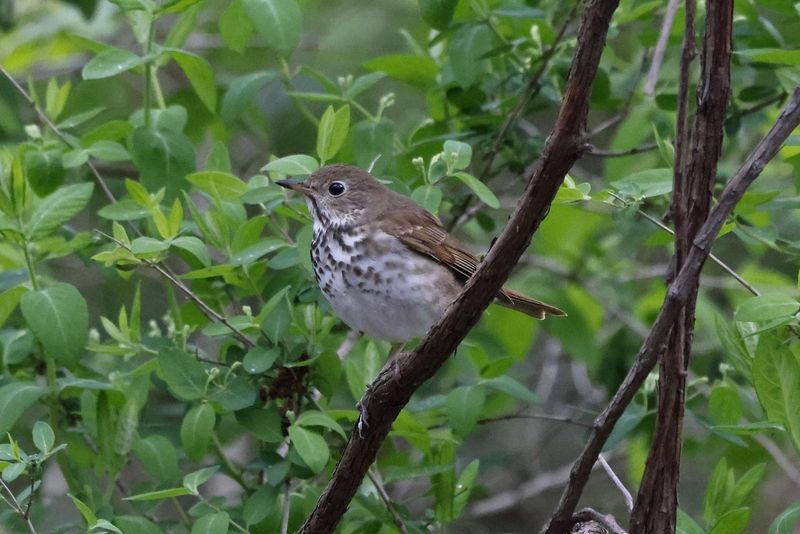
The Little Shrike-thrush, while not as vividly colored as other toxic birds, possesses a surprising defense mechanism: its flesh contains batrachotoxins.
Found primarily across the forests of Australia and New Guinea, this bird’s toxicity was only discovered recently, changing the way scientists perceive avian chemical defenses.
Its muted brown and grey plumage may not scream danger, but it certainly warns predators that this bird is not to be trifled with.
The Little Shrike-thrush’s diet is thought to be the source of its toxins, similar to other poisonous birds. The presence of these toxins in birds raises fascinating questions about ecological interactions and evolutionary pressures.
Nature enthusiasts keen on encountering the Little Shrike-thrush will find it in the subtropical regions of Australia and the rainforests of New Guinea.
While its appearance may not capture immediate attention, the knowledge of its toxic nature adds a layer of intrigue to observing this modest bird in its natural surroundings.
4. Rufous Owl
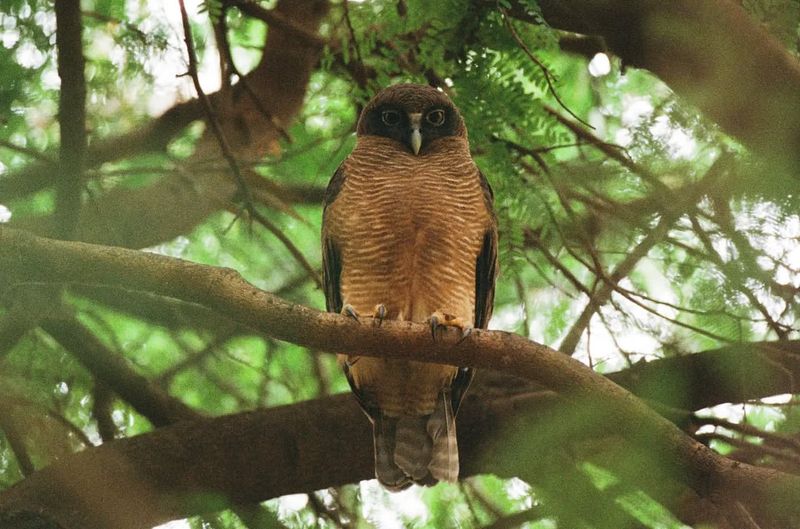
The Rufous Owl, an impressive predator of the Australian rainforests, holds a secret that isn’t widely known: its flesh contains toxins that can be harmful if ingested.
This bird of prey, with striking reddish-brown plumage and piercing eyes, is a formidable hunter, preying on mammals and other birds. Despite its fearsome hunting skills, the Rufous Owl’s toxicity remains a mystery to many.
Researchers suggest that the toxins may be derived from its diet, which includes a variety of prey species. Such adaptations highlight the diverse methods birds use to protect themselves and deter potential predators.
Spotting a Rufous Owl in its natural habitat requires patience and a keen eye, as these birds are primarily nocturnal. Birdwatchers might catch a glimpse of them at dusk, when they become active.
The combination of their majestic appearance and the hidden danger they pose makes the Rufous Owl a fascinating subject for avian enthusiasts and researchers alike.
5. Spur-Winged Goose
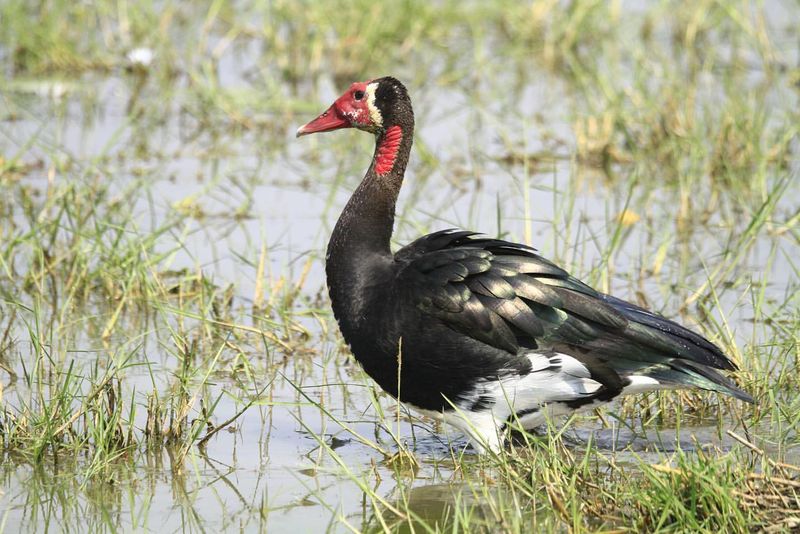
The Spur-winged Goose, found throughout sub-Saharan Africa, is not what one might typically associate with poison.
Yet, this large bird has a unique claim to fame: its flesh can be toxic due to the presence of cantharidin, a blistering agent also found in blister beetles. This toxicity is believed to be derived from the goose’s diet, which occasionally includes beetles that contain the compound.
Consumption of these birds, particularly in large quantities, can pose a risk to humans, making it a subject of caution for hunters.
The Spur-winged Goose’s adaptive use of environmental resources exemplifies the intricate relationships between predator, prey, and their habitats. For those interested in observing these fascinating birds, the wetlands and marshes of Africa provide ample opportunities.
They are easily identified by their large size and distinctive white face. While they might appear benign, their biochemical defenses add a layer of complexity to their ecological role and interactions.
6. Eurasian Hoopoe
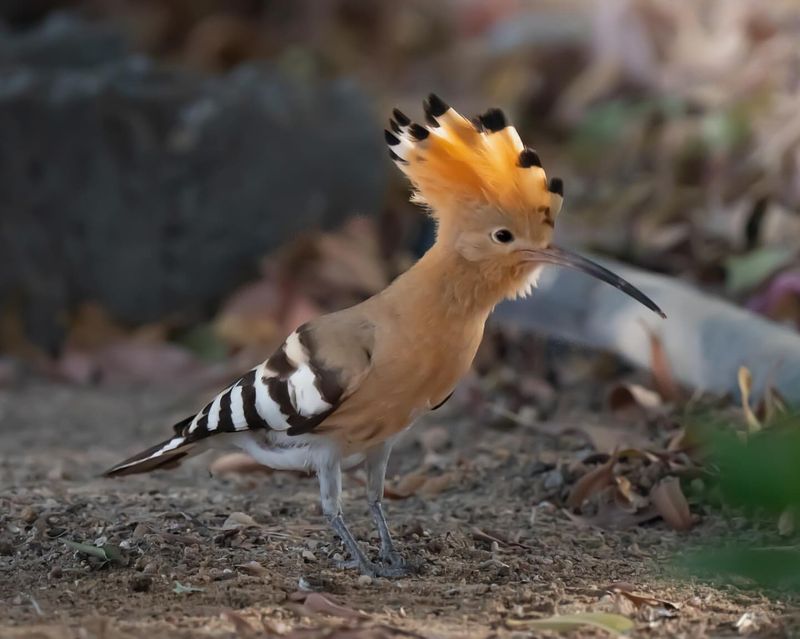
The Eurasian Hoopoe, known for its striking crest and unique call, is a bird that captivates with both its beauty and its defensive adaptations.
Found across Europe, Asia, and parts of Africa, this bird is not poisonous in the traditional sense, but it does produce a foul-smelling secretion that can deter predators.
This secretion, produced by the uropygial gland near its tail, is reminiscent of rotten meat and serves as a potent deterrent against would-be threats. The Eurasian Hoopoe’s defense mechanism showcases the diverse strategies birds employ to survive in diverse habitats.
Birdwatchers can find the Eurasian Hoopoe in open areas such as grasslands and savannas, where it forages for insects. Its distinctive appearance, with a fan-like crest and vibrant plumage, makes it a favorite among bird enthusiasts.
While not toxic in the way some other birds are, its unique method of self-preservation is equally fascinating and effective.
7. Common Quail
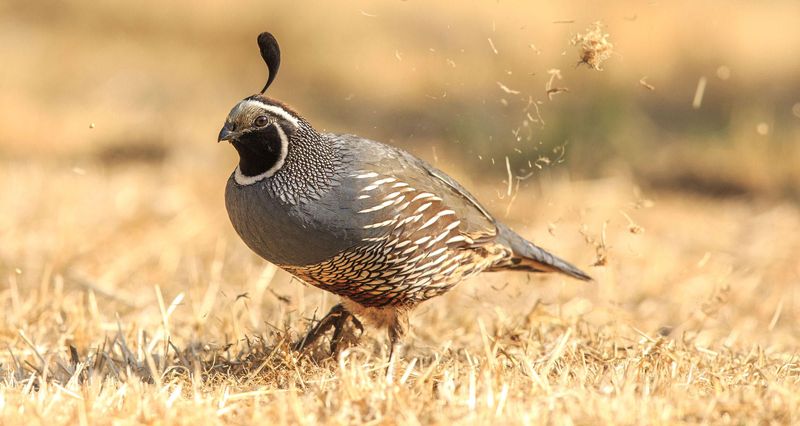
The Common Quail, a small game bird found across Europe, Asia, and Africa, harbors a hidden danger: its consumption can lead to coturnism, a type of poisoning. This condition is associated with muscle pain and can be severe in humans.
The cause of this toxicity is linked to the bird’s diet, particularly when it consumes certain plants during migration. This seasonal risk adds a surprising element to the otherwise benign appearance of the Common Quail, whose cryptic plumage helps it blend into its surroundings.
Farmers and hunters need to be aware of this potential risk when harvesting quail during certain times of the year.
Birdwatchers, on the other hand, can enjoy observing these birds in their natural habitats without risk, appreciating their intricate patterns and essential role in the ecosystem. The Common Quail serves as a reminder of the unexpected complexities that can arise in nature.
8. Bronze-Winged Jacana
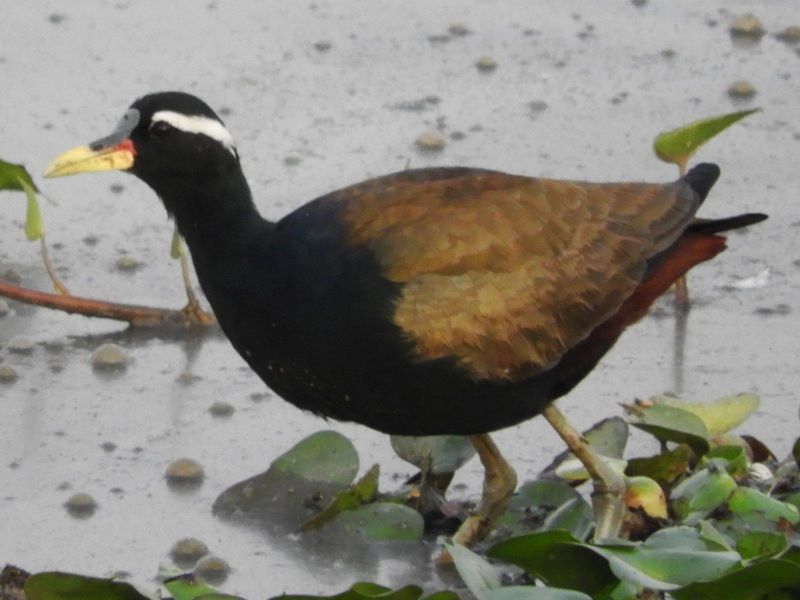
The Bronze-winged Jacana, often found gliding across the lily pads of Indian and Southeast Asian wetlands, is a marvel of adaptation.
While not poisonous through contact or ingestion, this bird possesses a different kind of defense: a sharp spur on its wings that can deliver a painful jab to potential threats. This physical adaptation, along with its striking bronze-colored wings, provides an effective deterrent against predators.
The Bronze-winged Jacana’s unique adaptations highlight the ingenuity of evolutionary processes in equipping animals with tools for survival.
Birdwatchers will find the Bronze-winged Jacana a delightful subject as it deftly navigates aquatic environments with its unusually long toes.
Its presence in wetlands plays a critical role in maintaining the health of these ecosystems, making it an important species for both ecological balance and scientific study.
9. Red Warbler
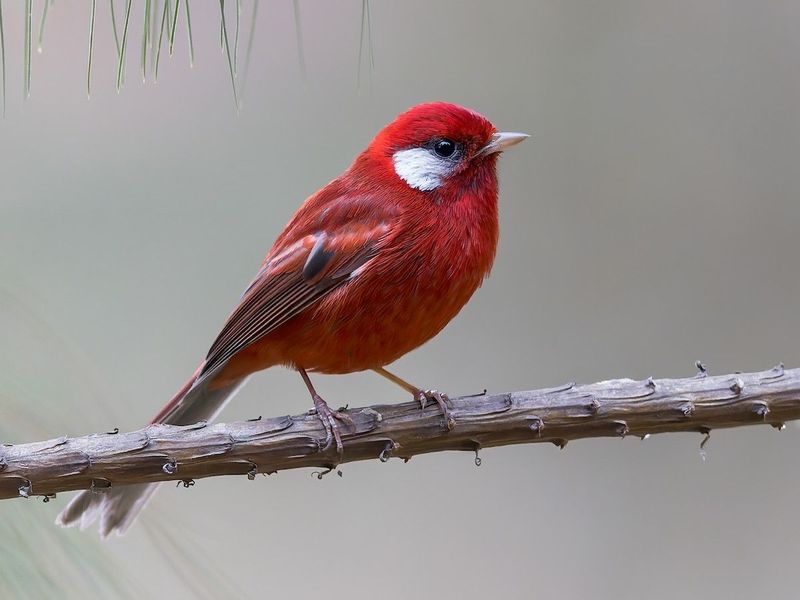
The Red Warbler, a vibrant bird native to the montane forests of Mexico, is not poisonous but employs a different kind of defense: its bright red plumage serves as a warning signal to potential predators. This visual deterrent suggests toxicity, though the bird itself is harmless.
Such mimicry is a fascinating example of how species evolve deceptive strategies to avoid predation. The Red Warbler’s striking appearance makes it a standout in the dense green forests it calls home, providing birdwatchers with a visual treat.
Those interested in the Red Warbler’s natural habitat will find it thriving in high-altitude pine and oak forests, where it maintains an active lifestyle foraging for insects.
Its role in the ecosystem extends beyond its beauty, contributing to insect population control and serving as a poignant example of nature’s intricate web of life.
10. White-Throated Needletail
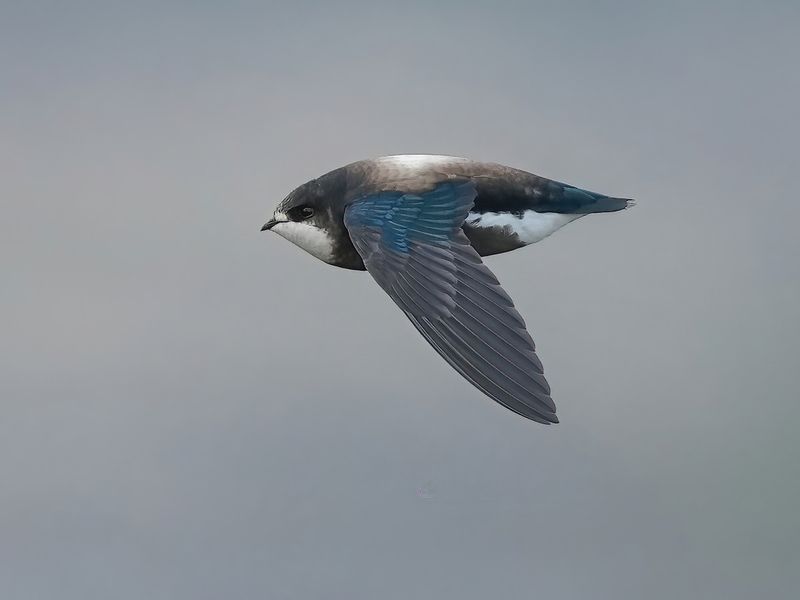
The White-throated Needletail stands out not for poison but for speed. This bird, found across Asia, is renowned for its incredible flying abilities, reaching speeds up to 105 mph, making it one of the fastest birds in level flight.
While it doesn’t employ toxins or chemicals, its speed is its primary defense mechanism. This swiftness allows the White-throated Needletail to escape predators and catch prey with remarkable efficiency.
Its aerodynamic body and powerful wings are perfectly adapted for life in the skies, showcasing another form of adaptation where physical prowess substitutes chemical defenses.
Bird enthusiasts can spot this aerial acrobat in mountainous regions and open skies, where it performs impressive feats of flight.
While not a threat in terms of toxicity, the White-throated Needletail’s evolutionary adaptations offer insight into the varied strategies animals use to thrive in their environments.

